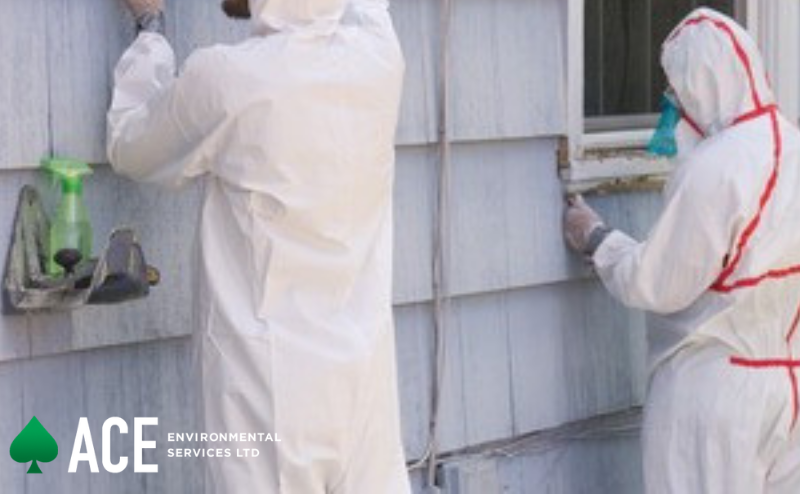Where is Asbestos Found in Your Home? Identifying Common Areas and Risks
Asbestos can be detect anywhere in your home, especially if it is from the nineteenth century. Asbestos is a naturally occurring fibrous substance widely used in construction from the 1950s through the 1990s. Because it is an insulator, has strong fire resistance, tensile strength, and is resistant to chemical erosion. Unfortunately, because asbestos frequently combines with other materials, it is difficult to tell if you are working with it. However, if you work at building built before 1990, there is a good chance that some of the building contains asbestos.
WHERE CAN I FIND ASBESTOS?
The following are some of the more common applications of asbestos in buildings.
Spray-on fireproofing: Asbestos can be anywhere in your home as fire protection on structural supports (such as columns and beams), walls, and ceilings. Applied fireproofing can be discovered with asbestos and not contained in the form of a spray.
Mechanical Insulation: Mechanical insulation is available in mechanical systems such as boilers, vessels, tanks, and pipes. These materials frequently contain a high level of asbestos.
Linoleum: The paper backing on some linoleum (sheet flooring) in older homes may contain high quantities of asbestos. Suppose the paper packing is disturbed and specific procedures do not follow.
In that case, it might shred easily and result in high fiber levels.
Floor Tiles: There may be asbestos-containing resilient floor tiles in various sizes. Another misconception is that you can detect asbestos by the floor tile size alone; however, you cannot.
Drywall Taping: Asbestos is found in drywall taping compounds known as drywall mud or just drywall. Taping compound is used to hide holes, screws, and nails in addition to seams and will be feathered out over a big area for a smooth appearance. As a result, the entire sheet of drywall can be view as containing asbestos.
Vermiculite: It is a fire-resistant substance that is low in weight. It has been utilized in a variety of goods, including attic and wall insulation. Suppose you have vermiculite insulation in your home. In that case, you should presume it is contaminated with asbestos unless proper sampling by a certified person shows otherwise.
Tiles and asbestos cement board: Cement boards are frequently used outside buildings to make wall coverings and roofs. They can take the form of flat sheets, corrugated sheets, or tiny overlapping tiles. Indoors can be utilized in electrical panels, as a heat screen around fireplaces and heating components, as blackboards, pegboards, and wall coverings.
Cement pipes made of asbestos: Water supply and drain pipes made of asbestos cement are popular.
Decorative textured coating: Asbestos rests in textured and decorative treatments on walls and ceilings in older buildings.
Understanding the Presence of Asbestos: Common Areas in Your Home
Homeowners
Do you intend to renovate or demolish a house built before 1990? If this is the case, your home most certainly contains asbestos, a highly hazardous and toxic material. To prevent being exposed, you must:
Before you begin any renovations, have an asbestos abatement professional check your home to discover the location of asbestos-containing items.
Have all detected materials removed by an asbestos removal specialist. I’m not sure where to look for an expert. Please get in touch with our ACE Environmental Team for assistance.





